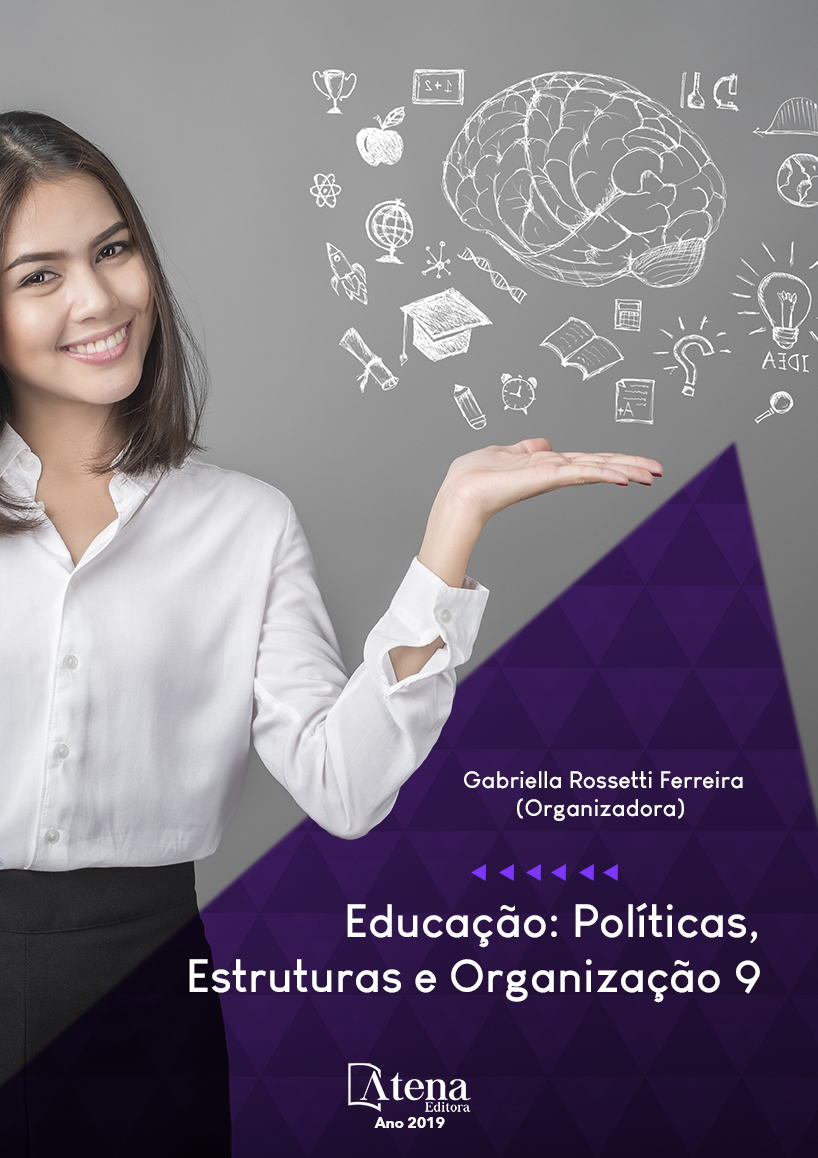
NÃO TE ESCUTO: (SOBRE)VIVER NAS INSTITUIÇÕES DE ENSINO SUPERIOR
Apesar do grande avanço tecnológico que vem sendo vivenciado no século XXI, e de todas as políticas voltadas à inclusão, nunca se viu o sujeito tão isolado. Nesse contexto, considerando-se a pessoa surda, observase que, dentro dos espaços públicos e meios comunicativos, a inserção e a acessibilidade destas ainda são pouco visíveis. Elas são comumente colocadas à margem, excluídas do poder e da liberdade econômica, social, política e educacional. Tal exclusão advém dos insistentes estereótipos que as destituem de suas autonomias e capacidades de escolha. Um dos espaços públicos que dificulta a inserção das pessoas surdas são as Instituições de Ensino Superior (IES), as quais não possuem, em sua maioria, estruturas adequadas para recebê-las como discentes. Assim sendo, as pessoas surdas findam por recorrer a estratégias próprias, muitas vezes subjetivas, para se inserir. Diante disso, este trabalho teve como objetivo problematizar o campo da inserção da pessoa surda no ambiente educacional de ensino superior público, além de descrever quais são as maiores dificuldades encontradas por elas na acessibilidade a esses espaços. Nessa direção foi realizada uma análise qualitativa de artigos disponíveis nas plataformas Scielo e Anped, procurando interpretar os sentidos das ideias mais relevantes presentes nos textos. Utilizou-se a análise de conteúdo proposta por Bardin, segundo a qual pode-se encontrar o significado dos objetos analisados a partir da descoberta do núcleo dos sentidos que compõe a comunicação.
NÃO TE ESCUTO: (SOBRE)VIVER NAS INSTITUIÇÕES DE ENSINO SUPERIOR
-
DOI: 10.22533/at.ed.1011903043
-
Palavras-chave: Surdez. Inclusão. Exclusão. Instituições de Ensino Superior. Libras.
-
Keywords: Deafness. Inclusion. Exclusion. Higher Education Institutions. Libras.
-
Abstract:
Despite the great technological advancement lived in XXI century, and all the policies towards inclusion, the individual has never been seen so isolated. In such context, considering the deaf people, it is observed that within public spaces and communicative means, the insertion and accessibility of those are still poorly visible. They are usually put aside, excluded from power and economic, educational, political and social liberty. Such exclusion comes from the insistent stereotypes that deprive them from their autonomy and ability to choose. One of the public spaces that hinders deaf people insertion is the Higher Education Institutions (HEI), which don’t possess, in their majority, appropriate structures to receive them as students. Therefore, deaf people end up to cling on personal strategies, often subjective, to insert themselves. In view of this, this work had as goal to problematize the field of the insertion of the deaf people in the public higher education educational environment, besides describing which are the biggest difficulties found by them accessing those spaces. Towards it a qualitative analysis of articles available on Scielo and Anped platforms, seeking to interpret the meanings of the most relevant ideas in the texts. The content analysis proposed by Bardin was used, according to which it is possible to find the meaning of the analysed objects through the discovery of the core of the meanings that makes up the communication.
-
Número de páginas: 15
- Ricard José Bezerra da Silva
- Juliana Fonsêca de Almeida Gama
- Leonardo Farias de Arruda


